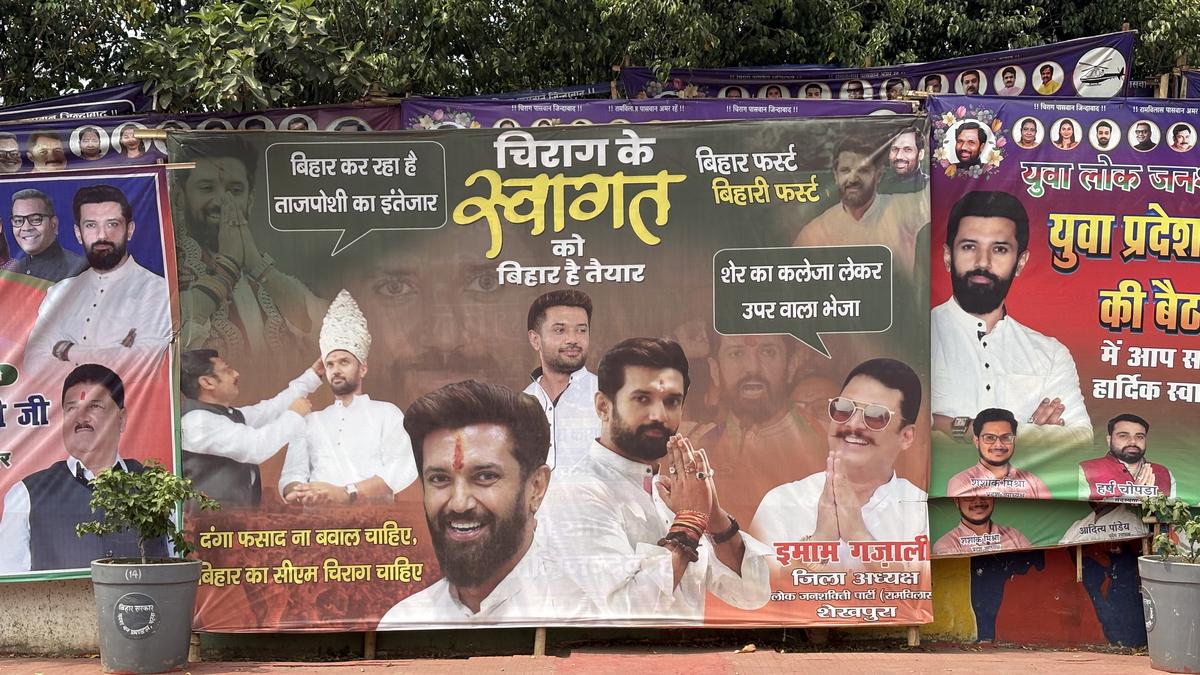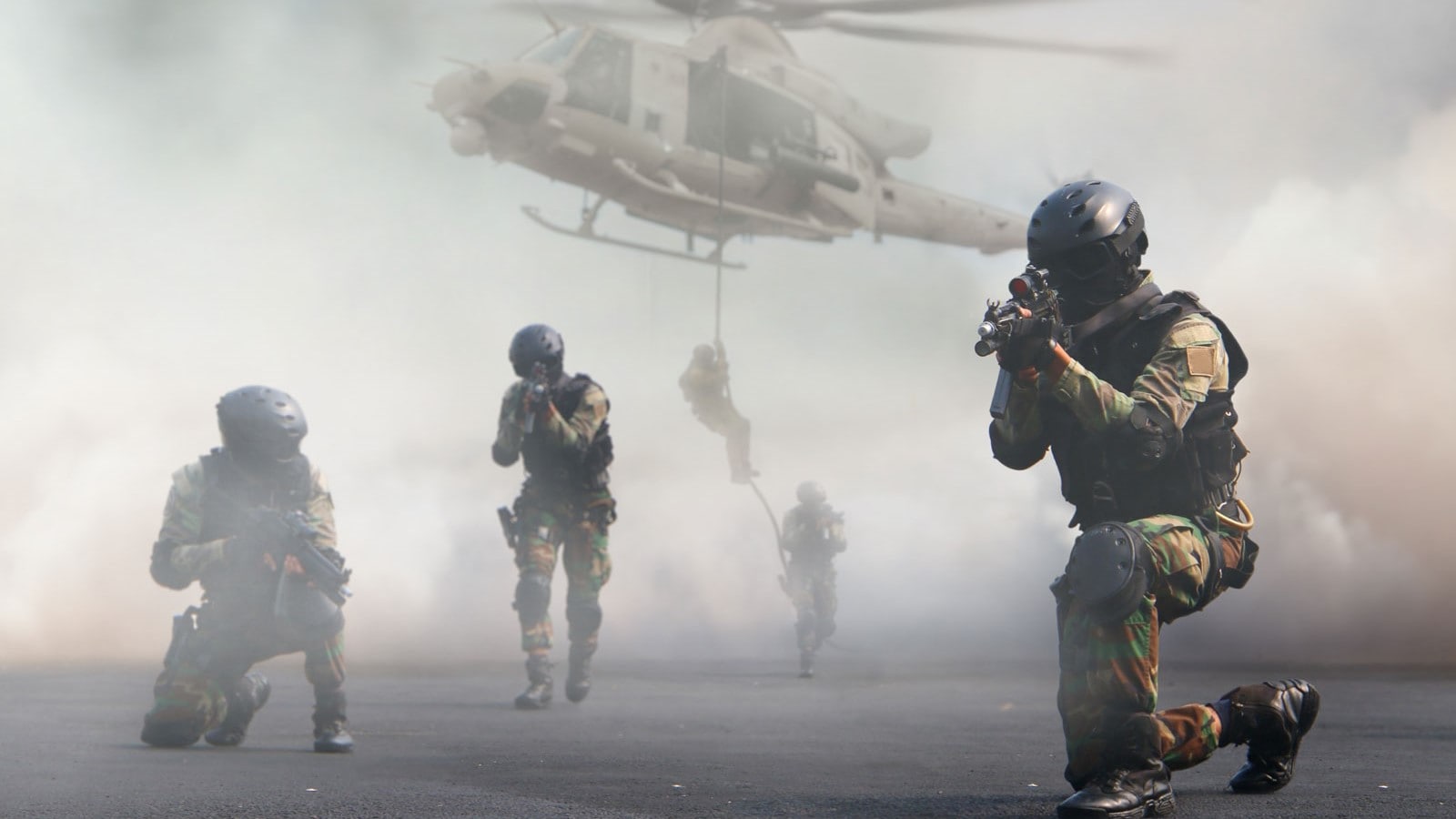In the contiguous coastal hamlets of Tamil Nadu’s Mayiladuthurai and Nagapattinam districts and Puducherry’s Karaikal district, a quiet but resolute change is taking place with women finding their feet, even amid the patriarchal ‘panchayatar’ system that makes decisions in fishing communities. For generations, public decision-making in these communities was controlled by men under the deeply entrenched ‘panchayatar’ system, a structure unique to coastal fishing villages. Each week, male elders from different sections convene ‘oor kootams’ (village assemblies) that rule on issues ranging from domestic disputes to political matters. Though they are supposed to be open to all, these meetings have long excluded women. Their presence was considered inappropriate or even rebellious.
No woman has been appointed as a ‘panchayatar’ yet and the structure remains rigidly patriarchal. However, sustained organising at the grassroots — largely by women and backed by NGO Social Need Education and Human Awareness (SNEHA) — is paving the way for a change. Once sidelined, women’s collectives are recognised as serious stakeholders. Today, ‘panchayatars’ are increasingly compelled to consult them before taking major decisions.
Redefining traditions
At Nambiyar Nagar in Nagapattinam, women were allowed, for the first time, to make announcements on the stage during the annual temple festival three years ago. This broke a long-standing barrier. At nearby Kameshwaram, the women’s collective has installed a board declaring its opposition to ‘nalangu’ gifts, the customary offerings from women’s families during rites of passage.
At Poompuhar in Mayiladuthurai, the community has pledged not to sell banned tobacco products or liquor, while opposing child marriage and usury. At Karaikal, women from local collectives join ‘panchayatars’ from all 10 coastal villages in garlanding the statue of Singaravelar, a celebrated labour leader, who hailed from the fishing community. Seven coastal villages in Karaikal have kept liquor shops out of their communities, a major step in asserting control over public health and safety. Most notably, through sustained organising, women from all the three districts have compelled male ‘panchayatars’ to declare their opposition to ‘sambandhi seer’, a form of dowry.
“Before joining the collective, none of us had bank accounts. Now, we all do. The only joint account our husbands have is with us,” laughs K. Kalaimathi, president of the Fisherwomen’s Federation at Kollidam in Mayiladuthurai.
The Fisherwomen Society, a government-recognised institution in coastal villages, was intended to function independently from male-run societies. Many still operate in parallel with the men’s bodies, but years of sustained advocacy has enabled some of these institutions to become autonomous. Village fisherwomen associations also help in community savings. Members contribute ₹200-₹500 a month. The funds thus pooled are distributed in rotation. Financial matters are discussed at open forums, and leaders are elected democratically. “In microfinance groups, if one woman defaults, others suffer. Here, if someone struggles, others step in to help,” says Ms. Kalaimathi.

Steely resolve: Fisherwomen at a meeting in Nagapattinam town to discuss issues pertaining to the community. The women’s collectives have helped the fisherwomen become financially independent and empowered them to take decisions. | Photo Credit: M. MOORTHY
These collectives also promote livelihood through small-scale enterprises: production of spice mixes in Tharangambadi and Sirkazhi; detergents and sanitisers in Kollidam; and prawn pickles in Thirumullaivasal. These products are popular even abroad. “Earlier, when we gathered for meetings, men mocked us. Now, they ask us how we manage our finances so well,” says M. Maheswari of Chinnamedu, Tharangambadi, while S. Deepalakshmi adds, “Financial independence has reduced our reliance on exploitative microfinance and loan sharks.”
‘Watershed moment’
D. Selvarani of Nambiyar Nagar, the first-ever woman trustee of the Neela Dhakshayini Temple, says the fisherwomen’s movement has broken barriers. “They trusted me because of my involvement in the movement. This has never happened before in our village,” she says. T. Dravidha Selvi, vice-president of Thirupoondi East Panchayat and resident of Kameswaram village, recalls a watershed moment. “Last year, for the first time, we were invited to the ‘panchayatar’s oor kootam’ to discuss a proposed SIPCOT project planned in our village. They listened to our views — only because they knew we were part of the movement.” Deepalaxmi of Chinnamedu explains, “Compared with earlier times, men think twice before scolding us. Domestic violence has declined. We speak confidently at grama sabha meetings. The very act of raising our voice at such a forum is a victory.”
Nearly every fisherwomen who spoke to The Hindu expressed a strong desire to see women become ‘panchayatars’ one day. They emphasised that true representation requires women having a seat at the table. “We don’t just want to be heard, we want to decide,” says C. Jeyanthi, a 65-year-old fisherwomen from Karaikal Medu.
Men, however, are still not warm to the idea. R.M.P. Rajendra Nattar, who served as a ‘panchayatar’ for 31 years at Keechankuppam in Nagapattinam, and is the president of the Indian National Fishermen Union, says, “In our fishing community, women often contribute as much as, if not more than, men. They are the backbone of both family and community life.” While acknowledging the role of women’s collectives in raising important issues, he maintains that most women do not aspire to become ‘panchayatars’ themselves. “They trust that the existing male-led structure will safeguard their interests,” he says. He believes that the ‘panchayatar’ system should remain under men.
There are prominent fishing communities in this region — Pattinavars, Sembadavars, and Parvatharajakulam, among others. From Kollidam to Kodiyakarai, these villages have historically functioned as a single cohesive social unit. Their governance system, rooted in collective decision-making, is centred around a network traditionally called the ‘64 villages’. The system is led by a head village and supported by sub-regional centres. This traditional structure pre-dates Independence and has proven resilient and adaptable. “‘Panchayatars’ are chosen by voice vote every three years. Formal elections or hereditary succession also occur, depending on local practice. However, the system remains deeply patriarchal at its core,” says R. Sridhar, a research scholar at IIT-Delhi, who has studied and worked among the coastal communities for several years.
Highlighting the double standards in customary practices, Ponni K., a fisherwoman from Chinnangudi in Mayiladuthurai, says, “In a love marriage, hefty fines are imposed on the family of a woman if she elopes. In Thazhambadi village, the penalty can go up to ₹50,000. In Chinnangudi, when a man marries outside the community, he may face a fine. But when a woman does the same, she is ostracised.”
K. Vethavalli, former leader of the Karaikal Fisherwomen Federation, has won battles through courts, including cases against ‘panchayatars’ who ostracised women for allegedly defying traditional norms. “Our struggle is threefold,” she says. “We face resistance from our families, neglect from the government, and exploitation by private investors.” She recalls the protests against private prawn cultivation in the late 1980s as a turning point. “We fasted and marched, despite having no support from our own households.” Unlike neighbouring districts, Karaikal today has no large-scale shrimp farms, thanks to the women-led movement of that time.
Silencing the ‘panchayatars’
In another defining moment, Ms. Vethavalli stood up for a woman facing domestic violence. During the case, the focus shifted towards questioning the legitimacy of women’s collectives in handling such matters — seen by some as a challenge to the ‘panchayatars’. Ms. Vethavalli walked into a ‘panchayatar’ meeting alone. “I sat as an equal among the men. They fell silent. The dispute was resolved immediately. They had never seen a woman seated alongside them. It wasn’t my courage; it was the strength of our movement.” Ms. Vethavalli has received several awards for her community activism, including recognition from the Puducherry government’s Social Welfare Department.
The strength of the women’s movement lies in its tiered, interconnected structure, says P. Vanaja, who heads the gender justice division at SNEHA. “When we began, we only had village-level women’s associations. But with the introduction of self-help groups (SHGs), they became our basic organising unit, focused on economic development,” she says. Each SHG elects representatives to the Village Women’s Coordination Association, which addresses intra-village issues and cultivates leadership. These women, in turn, are co-opted into the district-level Fisherwomen’s Federation, which tackles larger systemic challenges — ranging from domestic violence and discrimination to threats from government projects and private industry. “Depending on the urgency or scale of an issue, joint campaigns and coordinated actions are launched across the three districts,” Ms. Vanaja notes.
SNEHA director Jesu Rethinam Christy recalls the difficult beginnings. “In 1984, women would hide from us. We had to seek the permission of the ‘panchayatars’ to speak to them.” SNEHA initially focused on practical needs — access to water, electricity, bank accounts. Over time, its agenda expanded to domestic violence and child abuse. “Fisherwomen began stepping out and discovered their collective strength,” she says. Their presence grew from village forums to district platforms. “After the 2004 tsunami, they led rebuilding efforts. ‘Panchayatars’ began seeing them differently. They weren’t dismissed, they were consulted.” But she adds a cautionary note: “Governments often reduce women’s empowerment to schemes. What we need is lasting, structured dialogue, not token programmes.”
A. Indirani is a 68-year-old fisherwoman and leader of the Federation, hailing from Karaikal Medu. She says her dream is simple but urgent: to protect her coast. “If development projects continue to displace us, our children’s future will be gone. The sea is our mother. We want our children to live in our villages, not to be pushed out by private greed. We fight not only for today but also for tomorrow.”
Published - June 07, 2025 09:57 pm IST



.png)
.png)
.png)
















 23 hours ago
4
23 hours ago
4








 English (US) ·
English (US) ·